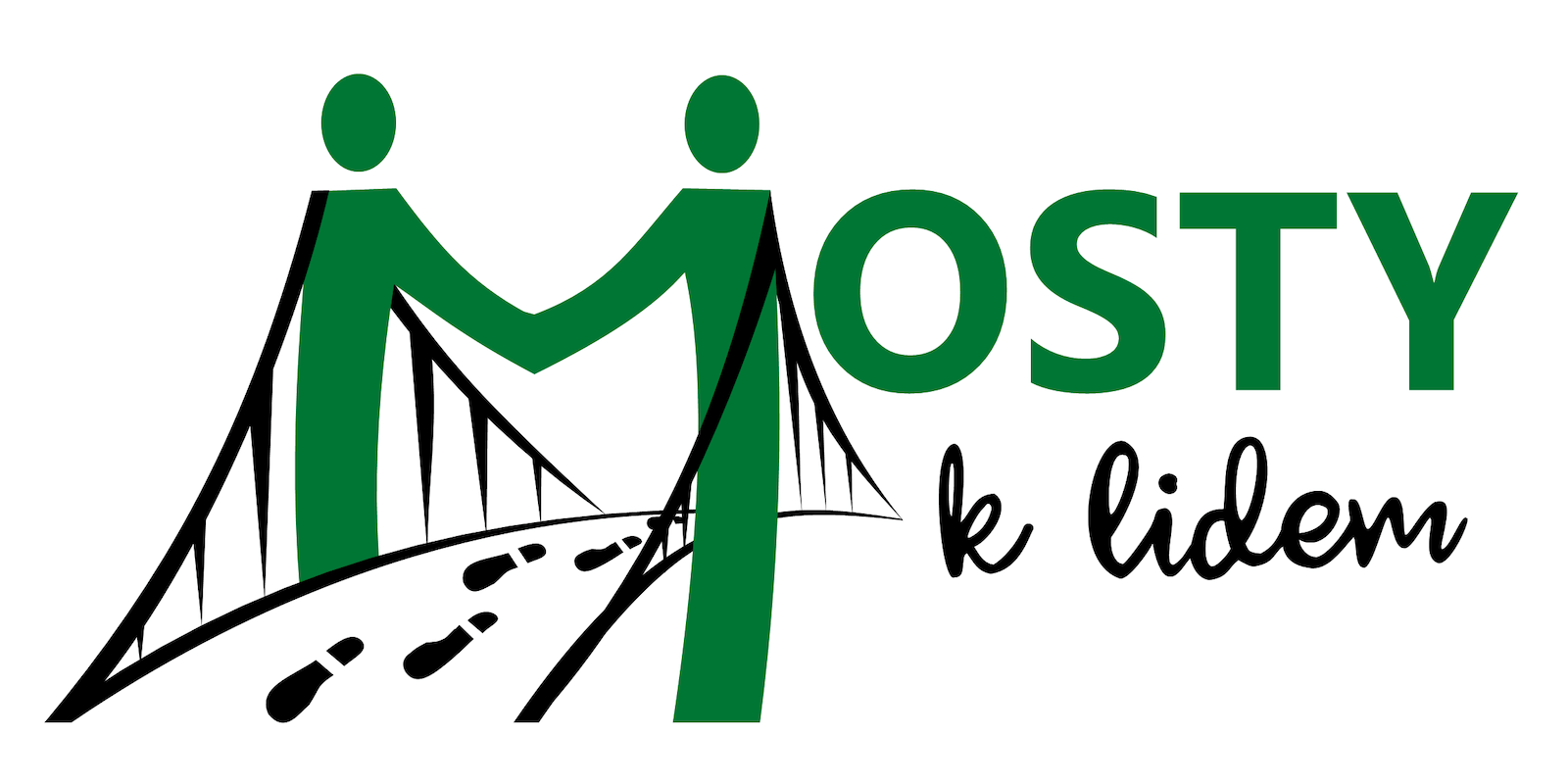A08 Guiding Discovery, the 2nd Third
List of the Online Lessons: A B C D E F G H
A08 Guiding Discovery, the 2nd Third
The Discovery meetings are divided into three thirds. The first third called look back was in the previous lesson. It was about mutual care, a so-called celebration of Jesus. And then the very important step we should never skip was the return to the story we’ve read last time and to its use. And: Whom did we share the story with.
LOOK UP
The second third is called look up. This is where another very important step comes – THE VISION. Here we say again, “never skip!”. Without clear vision proper vibe disappears from our Discovery. It can become just an empty routine. With one sentence remind the group what the goal of Discovery is: “We get to know living Jesus together here, we discover the Bible and we wish other similar communities would arise. Discovery is so simple anyone of us can start it with friends.”
Maybe it is surprising for you, but we say something like this with no shyness even to unbelievers. It’s no surprise for them. Sometimes we start with a story from our own lives, or from someone else’s life: “Such Discovery – and most importantly, personal contact with Jesus – helped me a lot in my life. It has literally a transforming impact on many lives, on their relationships and so. That’s why we want many people to experience it, too…”
Then there is a space for a BIBLICAL STORY. We highly recommend giving all people the same translation with unbelievers. Otherwise the topic changes unnecessarily even to question if the Bible is trustworthy, when there are nuances in different translations.
The statement “John 2,13” will mean nothing to our friends. That’s why I say, “Page 1126. In our library called the Bible it is a script written by John. The bigger number 2 stands for a chapter and there’s a little 13 in the text – the paragraph.”
When everyone has found it, one of us reads slowly the text aloud, while others look into it. I like to give this aloud reading to someone of the unbelievers.
Slowness of reading is very important! Our friends see the text for the first time! If someone starts reading too quickly, I stop them with a smile: “Excuse me, Petra, it is quite a difficult text that some of us see for the first time. Please, read it really slowly – so we could perceive it properly…”
After the first reading I ask all the people to close the text, and someone else slowly reads it again. Others just listen and try to remember the content. No one looks to the text.
Then a fun part comes. Now even the one who’s read it isn’t looking: “Let’s try to reconstruct the story from what we remember. How does the story begin? Nice… And what’s next? Did we forget anything? Thanks a lot! Now, let’s look if we really said it all….” I take the Bible and look through the text using my finger.
After adding or correcting some details, the key questions come: “What does the text tell us about Jesus (or God)?” When the answers decrease, I add the second question: “What does the text tell us about people?” We focus on the characters in the text at first. But naturally we get to more general thoughts.
It happens sometimes that someone says a total nonsense. What to do? I give thanks anyways, being honestly glad they got involved! I look into my Bible and say: “That is an interesting thought. Where do you see it in our text?” Sometimes my George says: “I think it’s like that.” “Oh, thanks. Let’s get back to our passage then.” (A summary of usual situations when guiding Discovery follows.)
That was look up. LOOK FORWARD – the THIRD THIRD, is coming in the next lesson.
Thanks, Lord Jesus that Your Word is available in an understandable language for us…


